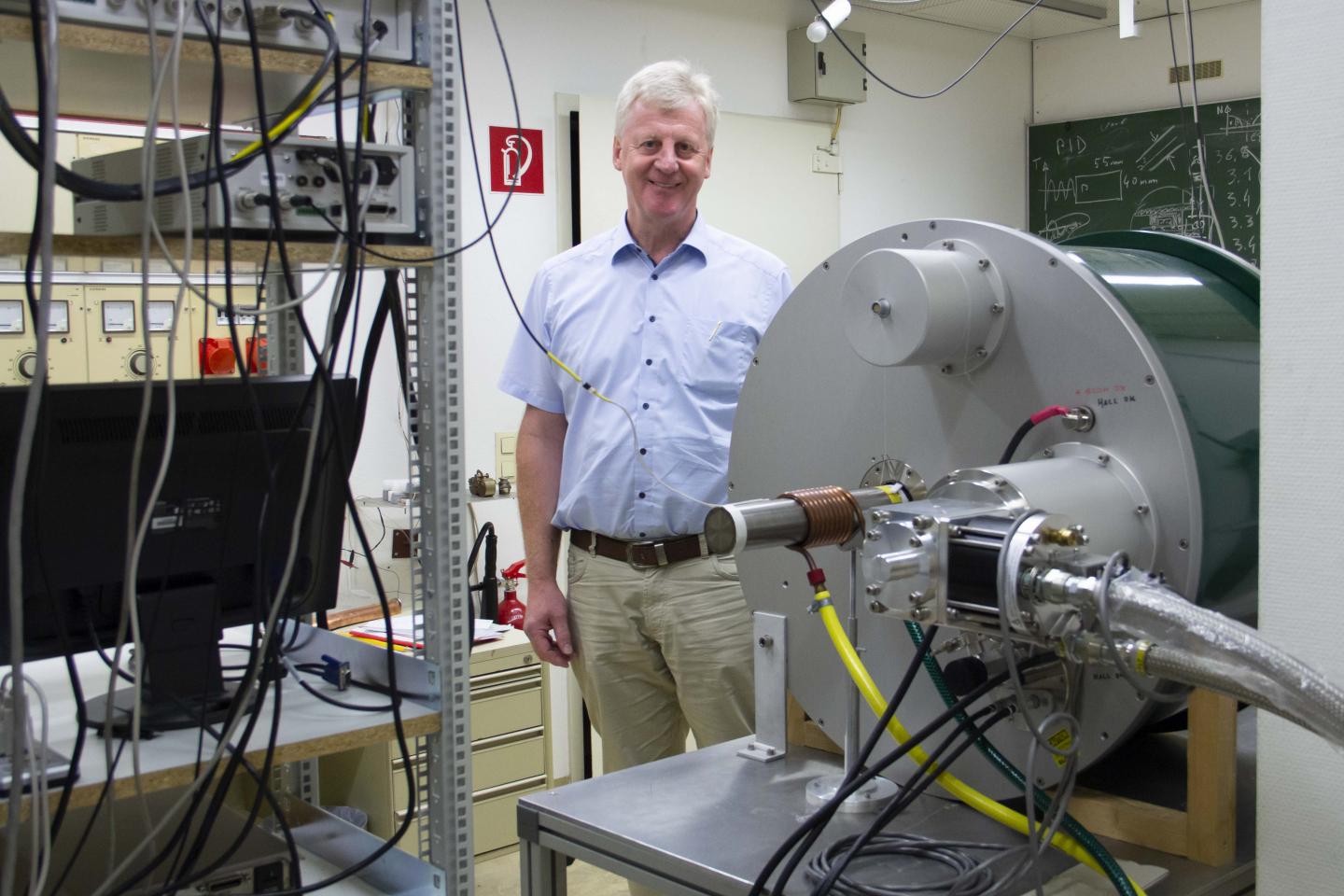A new kind of thermoelectric material can create electrical current, quite efficiently, by making use of temperature differences. This enables sensors and tiny processors to provide energy to themselves wirelessly. Thermoelectric materials can convert heat into electrical energy because of the Seebeck effect.

The Seebeck effect states that if there exists a temperature difference between the two ends of such material, the electrical voltage can be created, and this will result in current flowing. The amount of electrical voltage that can be generated at any given temperature difference can be measured by the ZT value. A higher ZT value implies that the material possesses better thermoelectric properties.
The best thermoelectrics up until now had ZT values ranging between 2.5 and 2.8. However, scientists at TU Wien (Vienna) have managed to develop a totally new material that has a ZT value of 5 to 6. It is basically a thin layer of iron, vanadium, aluminum, and tungsten applied to a silicon crystal. The new material is so effective that it might be utilized for the sake of providing energy for sensors or even computer processors. Instead of having the need to connect small electrical devices to cables, such devices might be able to generate their own electricity by using temperature differences.
The latest material has been presented in the journal Nature. Professor Ernst Bauer from the Institute of Solid State Physics at TU Wien said, ‘A good thermoelectric material must show a strong Seebeck effect, and it has to meet two important requirements that are difficult to reconcile. On the one hand, it should conduct electricity as well as possible; on the other hand, it should transport heat as poorly as possible. This is a challenge because electrical conductivity and thermal conductivity are usually closely related.’
Ernst Bauer further adds, ‘The atoms in this material are usually arranged in a strictly regular pattern in a so-called face-centered cubic lattice. The distance between two iron atoms is always the same, and the same is true for the other types of atoms. The whole crystal is therefore completely regular.’ So, why is this new material such a great thermoelectric material? Bauer explains, ‘Two iron atoms may sit next to each other, the places next to them may be occupied by vanadium or aluminum, and there is no longer any rule that dictates where the next iron atom is to be found in the crystal.’

By creating this mixture of regularity and irregularity of the atomic arrangement, the electronic structure is also changed, thus altering how electrons move in the solid. Bauer explains, ‘The electrical charge moves through the material in a special way so that it is protected from scattering processes. The portions of charge traveling through the material are referred to as Weyl Fermions. Of course, such a thin layer cannot generate a particularly large amount of energy, but it has the advantage of being extremely compact and adaptable. We want to use it to provide energy for sensors and small electronic applications.’
Bauer signifies the importance of this finding by saying, ‘If you need a large number of sensors in a factory, you can’t wire all of them together. It’s much smarter for the sensors to be able to generate their own power using a small thermoelectric device.’


